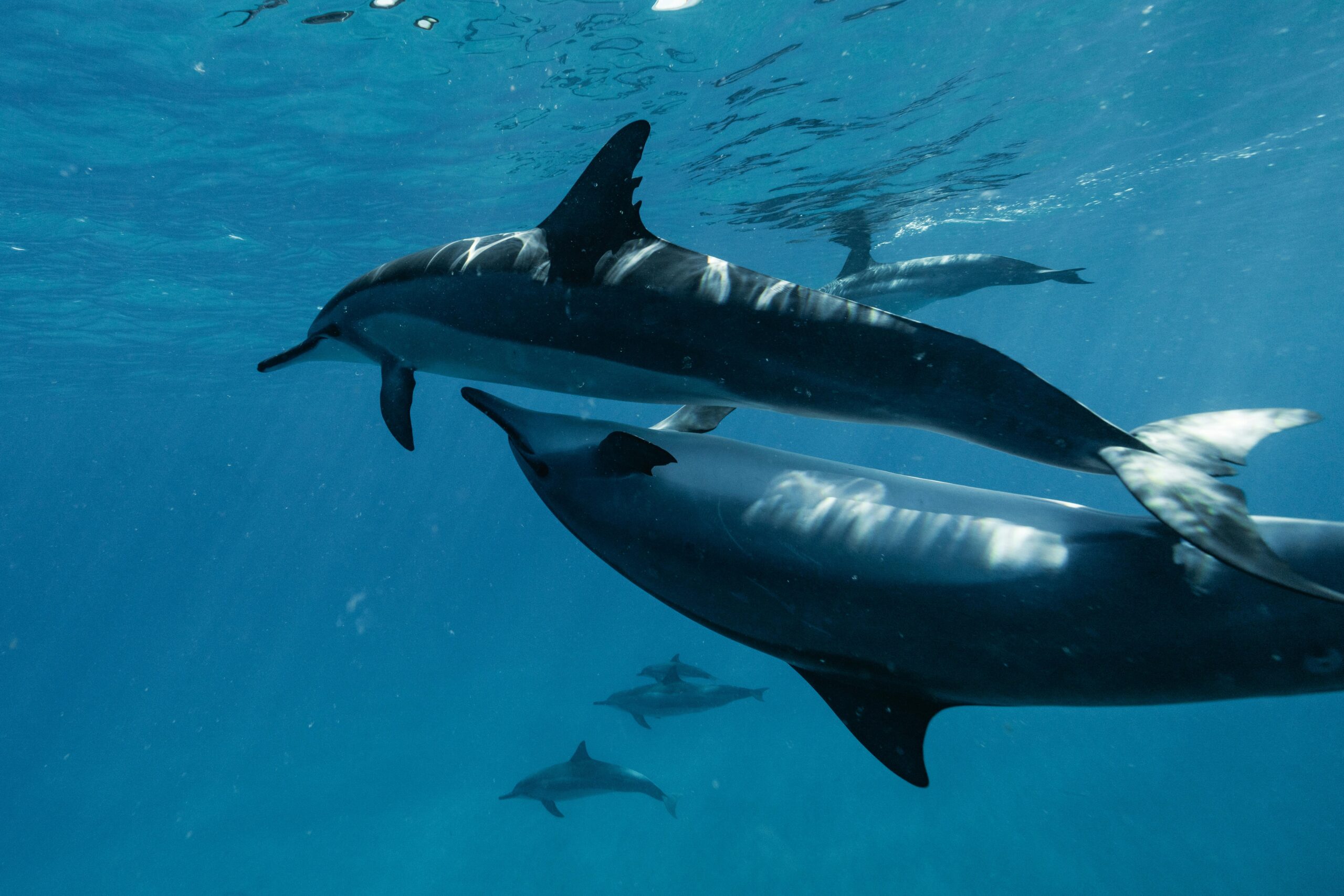The notion that Earth itself might be conscious challenges our conventional understanding of mind, matter, and the very fabric of existence.
For centuries, Western philosophy has largely treated consciousness as an exclusive property of complex nervous systems, particularly human brains. Yet ancient wisdom traditions and emerging scientific theories suggest something far more radical: that awareness might permeate all of reality, from the smallest particles to planetary systems. This perspective, known as panpsychism, offers a revolutionary lens through which we can reconsider our relationship with the planet we call home.
The Gaia hypothesis, proposed by scientist James Lovelock and microbiologist Lynn Margulis in the 1970s, transformed how we conceptualize Earth’s biosphere. By suggesting that living organisms interact with their inorganic surroundings to form a self-regulating, complex system, Gaia theory laid the groundwork for considering Earth as a unified, living entity. When combined with panpsychist philosophy, this concept evolves into something even more profound: the possibility that our planet possesses its own form of consciousness.
🌍 Understanding Panpsychism: Consciousness as Universal Property
Panpsychism derives from the Greek words “pan” (all) and “psyche” (soul or mind), literally meaning “all is ensouled.” This philosophical position proposes that consciousness isn’t an emergent property that suddenly appears in sufficiently complex organisms, but rather a fundamental feature of reality itself, present at all levels of organization.
Contemporary philosophers like David Chalmers, Galen Strawson, and Philip Goff have revitalized panpsychism as a serious contender in consciousness studies. Their work addresses what Chalmers famously termed “the hard problem of consciousness”—explaining how subjective experience arises from physical processes. Traditional materialist approaches struggle to bridge this explanatory gap, while panpsychism sidesteps it by positioning consciousness as intrinsic to matter itself.
In panpsychist frameworks, even elementary particles possess some rudimentary form of experience or proto-consciousness. These micro-experiences combine and integrate in increasingly sophisticated ways as matter organizes into more complex structures. A molecule might have more integrated experience than its constituent atoms, a cell more than molecules, an organism more than cells, and potentially, a planetary system more than individual organisms.
The Combination Problem and Planetary Consciousness
Critics of panpsychism often cite the “combination problem”—how do micro-experiences of simple entities combine to create the unified consciousness we experience? This challenge becomes particularly relevant when considering planetary consciousness. How would the experiences of billions of individual organisms, countless microorganisms, and vast geological systems integrate into a coherent Gaian awareness?
Some panpsychist theories propose that integration occurs through information processing and causal relationships. Systems with rich internal dynamics and feedback loops develop more unified forms of experience. Earth’s biosphere certainly qualifies: climate systems influence biological evolution, organisms reshape atmospheric composition, geological processes affect habitability, and all these elements interconnect through complex feedback mechanisms spanning millennia.
🌱 The Gaia Hypothesis: From Metaphor to Living System
James Lovelock’s Gaia hypothesis emerged from his work with NASA studying the possibility of life on Mars. By examining what made Earth’s atmosphere so chemically improbable—maintained far from thermodynamic equilibrium by living processes—he recognized that life doesn’t merely adapt to planetary conditions but actively regulates them.
The hypothesis proposes that Earth’s biosphere, atmosphere, oceans, and soil constitute a single complex system that maintains conditions favorable for life. Ocean salinity remains within narrow bounds despite constant salt input from rivers. Atmospheric oxygen stays around 21%—enough to support complex life but not so much that wildfires would rage uncontrollably. Global temperature has remained relatively stable for billions of years despite the sun’s increasing luminosity.
Initially controversial, Gaia theory has gained scientific credibility through disciplines like Earth system science, which studies the interconnected physical, chemical, biological, and human components of our planet. While mainstream science accepts Gaia’s systems-based insights, the question of whether this constitutes genuine planetary consciousness remains deeply contentious.
Self-Regulation and Planetary Homeostasis
One of Gaia theory’s most compelling aspects is Earth’s apparent self-regulation. The Daisyworld model, a computer simulation developed by Lovelock, demonstrates how simple feedback loops between life and environment can produce sophisticated climate regulation without requiring conscious intent or planning.
In Daisyworld, black and white daisies with different heat-absorption properties naturally balance each other’s populations to maintain optimal temperatures. As conditions warm, white daisies proliferate, reflecting more sunlight and cooling the planet. As it cools, black daisies dominate, absorbing more heat. This elegant demonstration shows how life-environment coupling creates homeostatic mechanisms.
But does self-regulation require consciousness? Our bodies maintain temperature, blood sugar, and countless other variables through homeostatic processes we’re not consciously aware of. Perhaps Earth’s regulatory mechanisms represent something analogous—not conscious deliberation, but something that might qualify as a form of awareness if panpsychism is correct about consciousness existing at multiple scales.
💭 Bridging Ancient Wisdom and Modern Science
The concept of Earth as a conscious, living entity isn’t new. Indigenous cultures worldwide have maintained earth-centered spiritual traditions for millennia, regarding the planet as sacred, sentient, and deserving of respect and reciprocity. From the Pachamama of Andean cultures to the Aboriginal Australian concept of Country as a living ancestor, these worldviews treat human consciousness as nested within larger ecological and planetary consciousness.
Western science largely dismissed such perspectives as primitive animism, but the convergence of Gaia theory, panpsychism, and systems thinking suggests these ancient intuitions may contain profound truths. Perhaps indigenous peoples weren’t projecting human qualities onto nature but perceiving genuine relationships that reductionist science initially missed.
Deep ecology, ecopsychology, and other contemporary movements attempt to bridge this gap, advocating for an ecological self that recognizes our fundamental interconnection with the larger living world. Philosopher Arne Naess argued that environmental degradation stems partly from a false sense of separation between human consciousness and the natural world. Recognizing Earth’s aliveness—and potentially its consciousness—could transform environmental ethics from resource management to genuine relationship.
🧬 The Mycelial Mind: Networks of Communication
Recent discoveries about mycorrhizal networks—underground fungal systems connecting trees and plants—provide tantalizing hints about how planetary consciousness might function. Scientists like Suzanne Simard have documented what they call the “wood wide web,” through which trees exchange nutrients, send distress signals about pest attacks, and even recognize their offspring.
These networks exhibit behaviors that challenge our assumptions about plant intelligence and communication. Mother trees nurture their young through fungal connections, diverting resources to shaded seedlings. When attacked by insects, trees release chemical warnings through both air and root systems, allowing neighboring trees to activate defensive responses.
If individual trees participate in these distributed networks of communication and resource sharing, might the entire biosphere constitute an even larger network? Could Earth’s consciousness emerge from the integration of countless such networks—mycorrhizal connections, atmospheric chemical signaling, ocean currents distributing nutrients and organisms, and even human technological systems like the internet?
Emergence and Planetary Neural Networks
The human brain contains approximately 86 billion neurons, creating consciousness through their intricate connections. Earth’s forests contain an estimated three trillion trees, many connected through mycorrhizal networks. While the comparison isn’t direct—trees aren’t neurons—the existence of planetary-scale communication networks suggests substrates through which integrated information processing might occur.
Emergence theory proposes that new properties appear at higher levels of organization that aren’t predictable from lower levels alone. Water’s wetness doesn’t exist in individual H2O molecules. Consciousness emerges from neural networks, not individual neurons. Could planetary consciousness emerge from biospheric networks in ways we’re only beginning to recognize?
🔬 Scientific Evidence and Skeptical Perspectives
The scientific community remains deeply divided on both panpsychism and the possibility of planetary consciousness. Critics argue that consciousness requires specific types of information processing found only in nervous systems, particularly brains with centralized control and integrated sensory processing.
Neuroscientist Christof Koch, despite being interested in consciousness studies, questions whether Earth possesses the neural architecture necessary for subjective experience. Consciousness seems to require rapid information integration, feedback loops, and differentiated yet unified neural states—features our brains possess but planetary systems may lack.
Others point out that the Gaia hypothesis succeeds scientifically precisely because it doesn’t require consciousness or intentionality. Earth system science can explain planetary self-regulation through mechanistic feedback loops without invoking awareness. Adding consciousness becomes an unnecessary hypothesis, violating Occam’s razor.
Measuring the Immeasurable
A fundamental challenge is epistemological: how could we possibly detect or measure planetary consciousness? We struggle to identify consciousness in other animals, let alone in systems operating at vastly different spatial and temporal scales. If Gaia’s thoughts unfold over centuries or millennia, and her sensory experiences involve global climate patterns rather than sight or sound, how would we recognize them?
Integrated Information Theory (IIT), developed by neuroscientist Giulio Tononi, attempts to mathematically quantify consciousness through a measure called Phi (Φ), representing how much information a system generates above and beyond its parts. Some theorists propose calculating Earth’s Phi to assess planetary consciousness, though practical and theoretical challenges make this currently impossible.
🌊 Implications for Environmental Ethics and Action
Whether or not Earth literally possesses consciousness, treating our planet as if it does could profoundly transform human behavior. If we recognized Earth as a conscious being deserving of moral consideration, would we continue practices that damage planetary health? Environmental destruction might be reframed not merely as resource depletion but as violence against a living, aware entity.
Some environmental philosophers advocate for granting legal personhood to natural entities like rivers, forests, and ecosystems. New Zealand granted legal personhood to the Whanganui River in 2017, recognizing its status as a living entity in Māori worldview. If such frameworks expanded to encompass Earth itself, it could revolutionize environmental law and governance.
The concept of Earth consciousness also invites us to consider our role within planetary awareness. Rather than separate observers or exploiters of nature, we might understand ourselves as Earth’s way of becoming conscious of itself—the universe’s method of self-reflection. This perspective, articulated by thinkers like Thomas Berry and Brian Swimme, positions humanity within cosmic evolutionary processes rather than separate from them.
🌟 Awakening to Our Planetary Identity
Perhaps “awakening Gaia” refers less to discovering a pre-existing planetary consciousness and more to humanity’s awakening to our profound interconnection with Earth’s living systems. As we develop technologies capable of sensing global patterns—satellite monitoring of climate, worldwide seismic networks, ocean sensor arrays—we’re creating something like sensory organs for planetary self-awareness.
The internet and global communication networks enable coordination and information sharing at unprecedented scales. While individual humans remain conscious agents, we increasingly participate in collective intelligence networks that process information and make decisions at planetary scope. Are we becoming Earth’s nervous system, the means through which she develops self-reflective awareness?
Climate change forces humanity to reckon with our planetary impact, potentially triggering the ecological consciousness shift many environmentalists advocate. As we recognize that our fate is inseparable from Earth’s wellbeing, the distinction between human interests and planetary health collapses. We don’t save Earth for altruistic reasons—we recognize ourselves as integral expressions of Earth’s own being.
🔮 The Future of Planetary Consciousness Research
Despite skepticism from mainstream science, research into Earth consciousness and panpsychism continues advancing. Quantum theories of consciousness suggest that quantum coherence in biological systems might provide substrates for awareness beyond classical neural networks. If consciousness operates through quantum processes, different types of physical systems might support it than previously assumed.
Astrobiology and the search for extraterrestrial life also inform these questions. As we investigate potentially habitable exoplanets, we’re developing frameworks for recognizing life and intelligence in radically different forms. These tools might eventually help us detect consciousness in our own planet’s systems.
Artificial intelligence and complex systems research provide additional perspectives. As we create increasingly sophisticated AI systems, questions about machine consciousness mirror those about planetary consciousness. If silicon-based networks can develop awareness, why not biospheric networks? The criteria we develop for recognizing synthetic consciousness might apply to natural systems we previously overlooked.

🌈 Living as If Earth Is Conscious
Ultimately, the question of Earth’s consciousness may be less important than how we choose to relate to our planet. Indigenous wisdom, scientific ecology, and philosophical panpsychism converge on a crucial insight: we are not separate from nature but expressions of it. Our consciousness emerges from Earth’s materials and evolutionary processes, making us quite literally Earth becoming aware of itself.
Practicing Earth-centered awareness doesn’t require resolving philosophical debates about planetary consciousness. It invites us to cultivate attention to natural cycles, develop reciprocal relationships with other species, recognize our dependencies on living systems, and make decisions considering impacts across multiple scales of time and space.
Whether Gaia is conscious in the way we are remains mysterious. But the possibility invites us into deeper relationship with our extraordinary planet—recognizing that in questioning Earth’s awareness, we’re exercising capacities that Earth herself evolved over billions of years. In that sense, the conversation itself represents Earth exploring her own consciousness through our philosophical inquiry.
The awakening we seek might ultimately be our own: recognizing that human consciousness isn’t separate from planetary processes but intimately woven into them, making Earth’s wellbeing inseparable from our own flourishing. Whether we’re awakening Gaia or Gaia is awakening through us becomes a paradox dissolving in the recognition of fundamental interconnection. 🌍✨
Toni Santos is an eco-spirituality researcher and planetary healing writer exploring how earth-based rituals, nature-centred philosophy and sacred ecology reconnect humanity with the living planet. Through his work on environment, consciousness and ritual, Toni examines how our relationship with Earth influences our awakening and actions. Passionate about land-wisdom, ritual practice and ecological integration, Toni focuses on how spiritual life can emerge from ecological awareness and how healing flows from land, water and community. His work highlights the union of ecology, mind and spirit — guiding readers toward a more grounded, relational, and sacred life. Blending ritual studies, environmental philosophy and ecological design, Toni writes about the human-earth story — helping readers understand how living systems, community and meaning intertwine in planetary healing. His work is a tribute to: The sacred connection between humanity and Earth’s living systems The power of ritual to rekindle land-memory and collective renewal The vision of ecology as sacred, relational and transformational Whether you are a ritual practitioner, ecological thinker or planet-healer, Toni Santos invites you to explore the path of planetary awakening — one ritual, one ecosystem, one transformation at a time.




